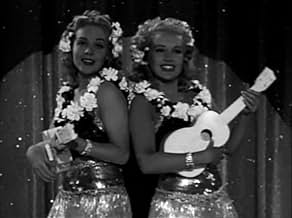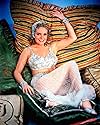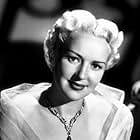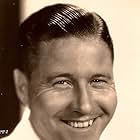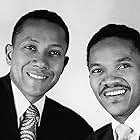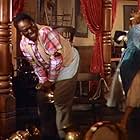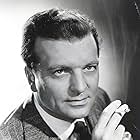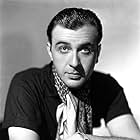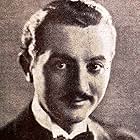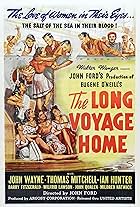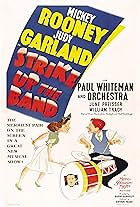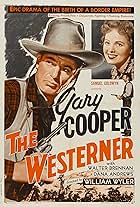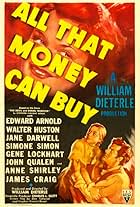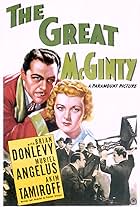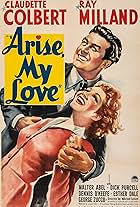Alice Faye and Betty Grable were made for each other as a sister act, together or separately. As the dominant sister, Alice got most of the single numbers, but Betty got to show her stuff in the "Honeysuckle Rose"- "Moonlight and Roses" routine. I can't believe they were never paired again(Well, they were supposed to be in "The Dolly Sisters", but it was too late, as Alice decided to retire just then). John Payne and Jack Oakie were another great buddy pair, Oakie providing a perfect comic balance to Payne's serious demeanor, as a pair of struggling tune smiths. Oakie does an impromptu rendition of a classic George M. Cohan war moral booster, composed about the time this story takes place, at the beginning of WWI. This duo would appear together or separately in several more Faye films. Payne would also serve as a usually successful rival for Betty's heart in several other films. Too bad Oakie was never considered romantic material for the leading ladies. He was certainly charming enough. He could have teamed up with Betty while Payne was romancing or sulking with Alice.
The Nicholas Brothers were yet another talented pair, though they only appeared in their dance routine in "The Sheik of Araby" extravaganza. Breaking the color barrier, they appeared in a number of top musicals of this era, including "Sun Valley Serenade" and the all African American cast in "Stormy Weather", where they performed perhaps their most famous routine. Rotund veteran comedian Billy Gilbert seemed bored with his harem and other diversions, until Alice and Betty showed up in his harem, when he joined them in a memorable song and dance rendition of the title song for "The Sheik of Araby" scene. All in all, a great vaudevillian mix of song and dance, comedy and romantic drama. My main regret is that this wasn't filmed in Technicolor. Few films were then, and the studios didn't always pick the right ones for this luxury treatment. It's about time a DVD version of this classic musical comedy was made available, and dare I hope for a colorized version?
This film was essentially remade in 1949as "Oh, You Beautiful Doll", in Technicolor. June Haver and Gail Robbins took the places of Alice and Betty. Mark Stevens and S.Z. Sakal took the places of Payne and Oakie, respectively. I like the original better, except it was filmed in B&W.

